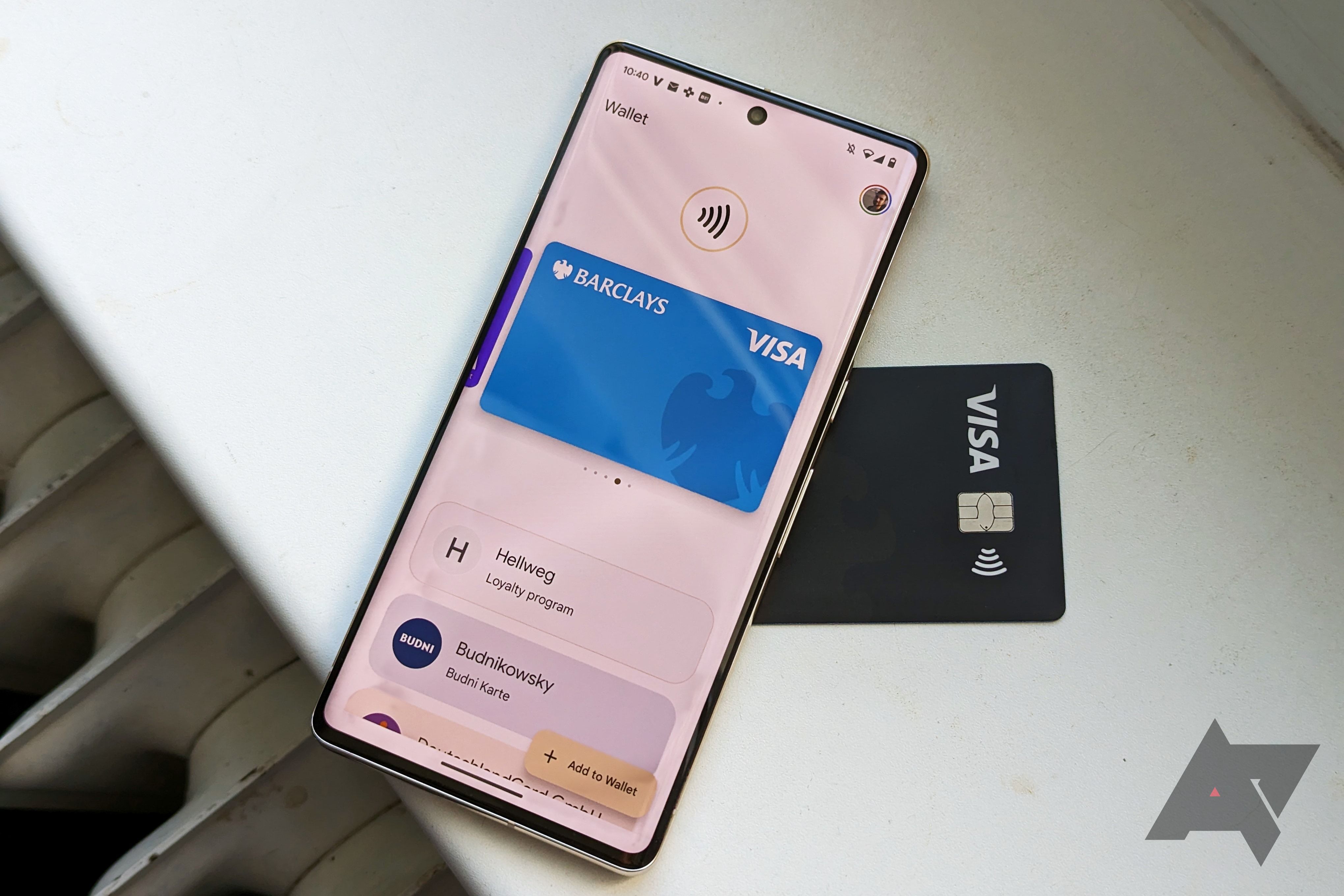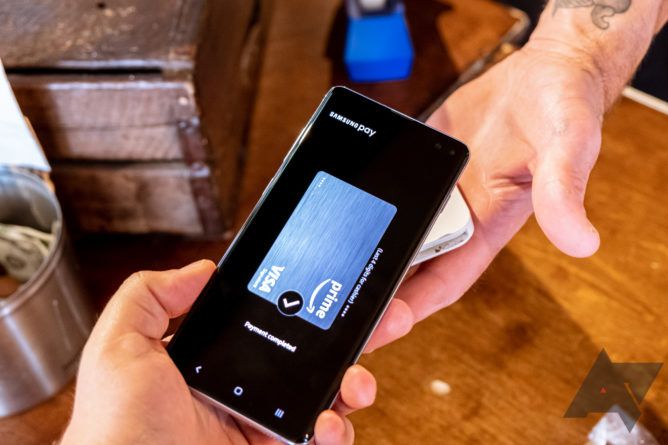Our smartphones have become indispensable digital wallets, and we no longer need to carry physical cards. With Google Wallet and Samsung Pay at the top of the tap-to-pay landscape, choosing the best fit for your needs can be a puzzle. Both apps work on most Android phones and our favorite Android smartwatches. Picking the right one depends on your needs.
Both tap-to-pay systems make payments effortless for Android users with NFC (Near Field Communication), but their features and device compatibility vary. Here's what Google Wallet and Samsung Pay offer.
Google Wallet and Samsung Pay: a brief history
Samsung Pay and Google Wallet have undergone several changes over the years. Here's everything there is to know about this constantly shifting terminology.
Samsung Pay
Samsung Pay launched in 2015 and was re-branded to Samsung Wallet in some countries in June 2022. The new app combined the Samsung Pay and Samsung Pass apps into a hub for everything related to payments, digital IDs, digital keys, and loyalty programs on Samsung Galaxy phones. The app was not renamed in South Korea despite functioning the same as Samsung Wallet.
Google Wallet
Google launched Google Wallet in 2011 and Android Pay in 2015. These apps were merged into one app (Google Pay) in 2018 and then renamed Google Wallet in 2022. Today, Google Wallet is the world's predominant name for the app. The action of making payments through cards stored in the wallet is referred to as Google Pay.
Google Pay is set to shut down in 2024 and its core functionality has been absorbed into Google Wallet. That's why it's one of our favorite wallet apps for Android. Despite the different names, today's Google payment apps have broadly the same features. The app below is the one we refer to throughout this article.
Think of Google Wallet as the all-in-one digital companion for your Android device. It handles tap-to-pay transactions (like Google Pay did) and expands to securely store essentials like loyalty cards, boarding passes, digital keys, and your driver's license (in supported regions).
Installation and device integration
The significant difference between Samsung Pay and Google Wallet is the devices they support. If you have a Samsung phone, you can install any payment service. If you own another Android device or iOS, you can only use Google Wallet. Samsung Pay is locked to Galaxy phones only. Google Wallet is not available for iPhones.
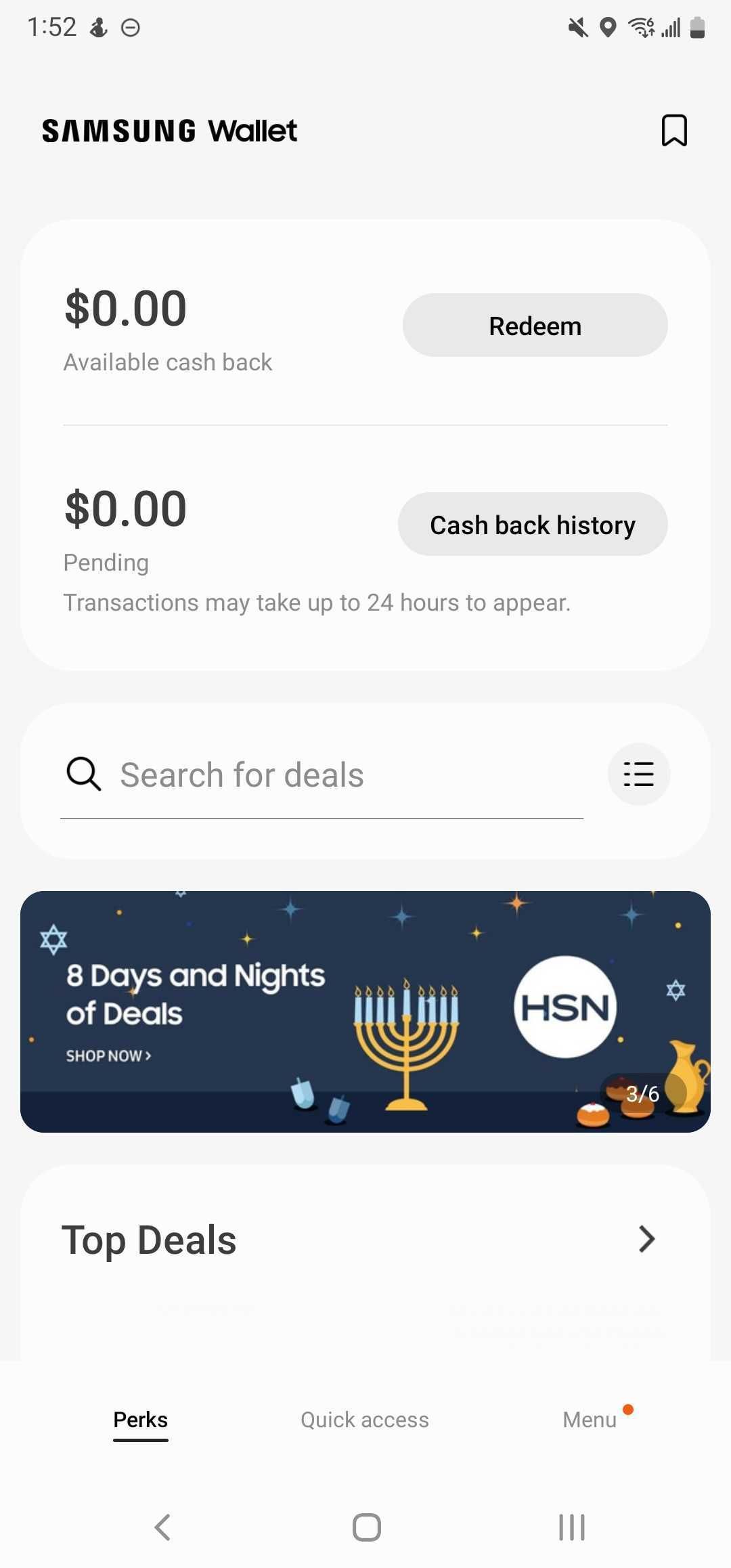
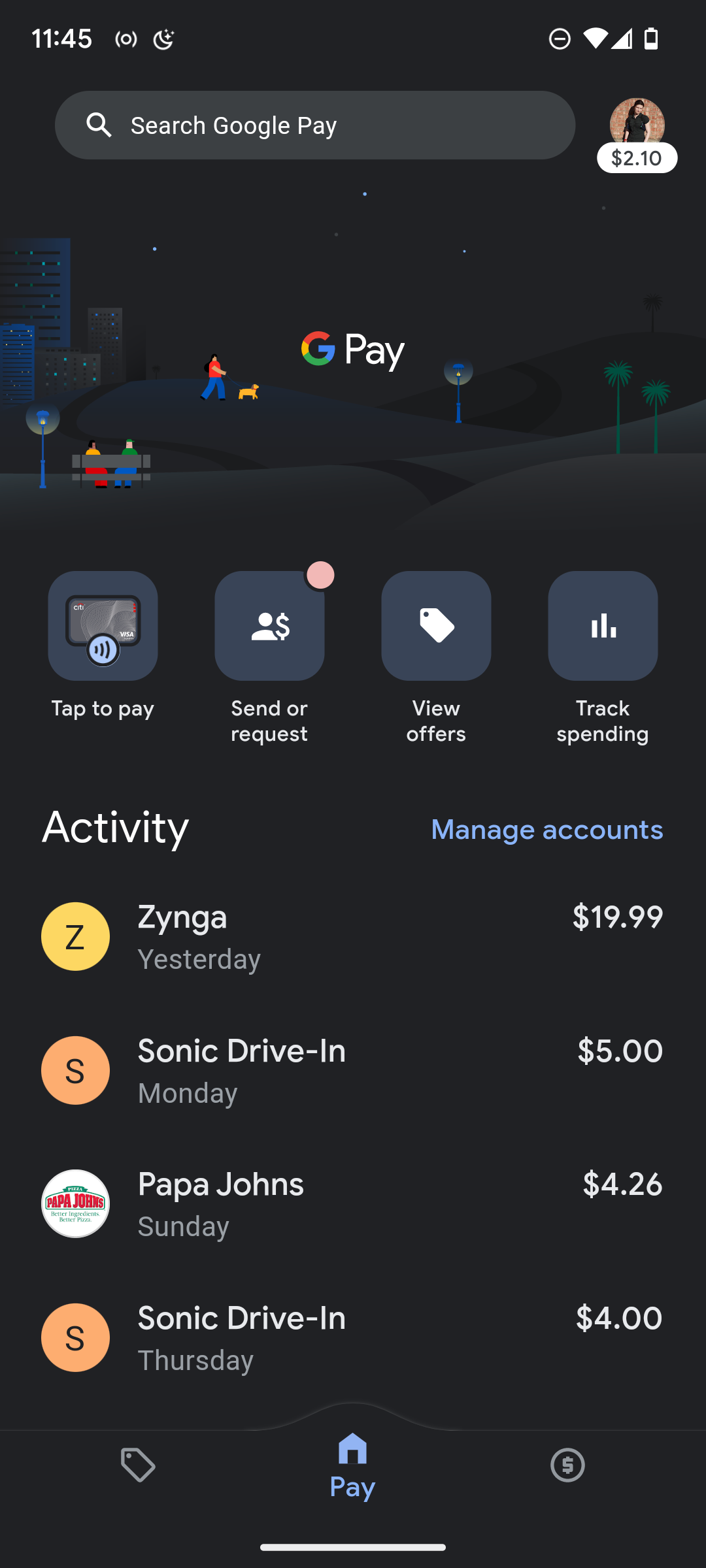
Regional availability and local card support
Samsung Pay is available in more than 24 countries, and Google Wallet is available in more than 80 countries. Both work with almost any card in the US. Most newly added banks are smaller local networks and credit unions. There are so many supported banks that it's hard to find ones that aren't listed.
Google Wallet and Samsung Pay support membership cards, gift cards, and transit passes in a few places. Some airlines have added plane tickets. However, the app relies on your phone number for logins.
Online and in-person payment options
Google Wallet and Samsung Pay support NFC technology, allowing you to make physical payments by tapping your NFC-supported Android phone on a compatible card reader. Not all merchants have NFC-compatible payment terminals, so this isn't always an option.
Samsung phones previously had a technology called MST (Magnetic Secure Transmission) to push the magnetic stripe data from your card to non-NFC terminals. The latest Samsung Galaxy S24 series lacks the feature. Samsung moved away from that with the Galaxy S21 family when it dropped MST support in the US, eliminating one of Samsung's advantages over Google Wallet.
As far as online payments go, many retailers have both platforms as accepted payment gateways, and the number continues to increase. Google Wallet is the most commonly accepted platform.

How to add your drivers license or state ID to Google Wallet
A digital ID is convenient to have if you can use oneNFC payments are a secure choice
NFC payments are highly secure. NFC is more secure than a physical credit card when your phone is protected with a code or biometric unlock method, adding an extra authentication layer. Your actual credit card number isn't stored on your phone with NFC payments. Instead, a virtual card number is assigned to you, which the card reader sees when you use tap-to-pay. This makes your real card number harder to compromise at the point-of-sale level. Additionally, both offer remote device wiping in case of loss or theft.
Samsung Pay might have a data security edge over Google Wallet. Both services have data encryption and built-in authentication. Samsung Pay benefits from an extra layer of protection with Samsung Knox. This defense-grade security platform is built into many Samsung devices, from the Galaxy S10 and Galaxy Note 10 to the Galaxy S24 Ultra. It's also available on several Galaxy Tab tablets, M series phones, and A series phones. While both services offer excellent security, Samsung Pay's integration with Knox gives it a slight edge.
Managing rewards in your digital wallet
Samsung Pay and Google Wallet support gift and membership cards. Samsung offers discounts and special deals (which can be spammy), and retailers offer discounts on the app. Google Wallet provides more robust rewards, cashback from several merchants, and various in-store and online coupons.
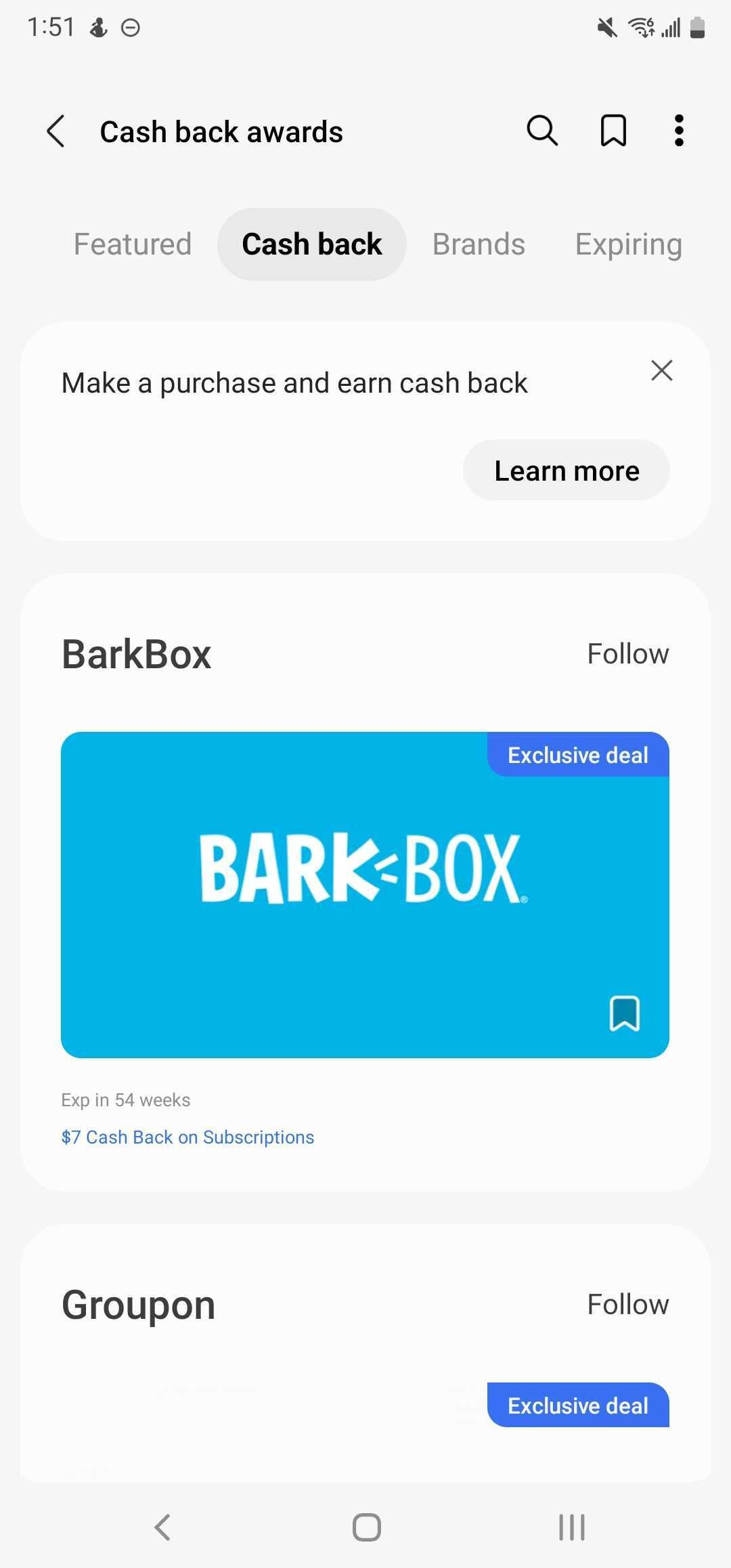
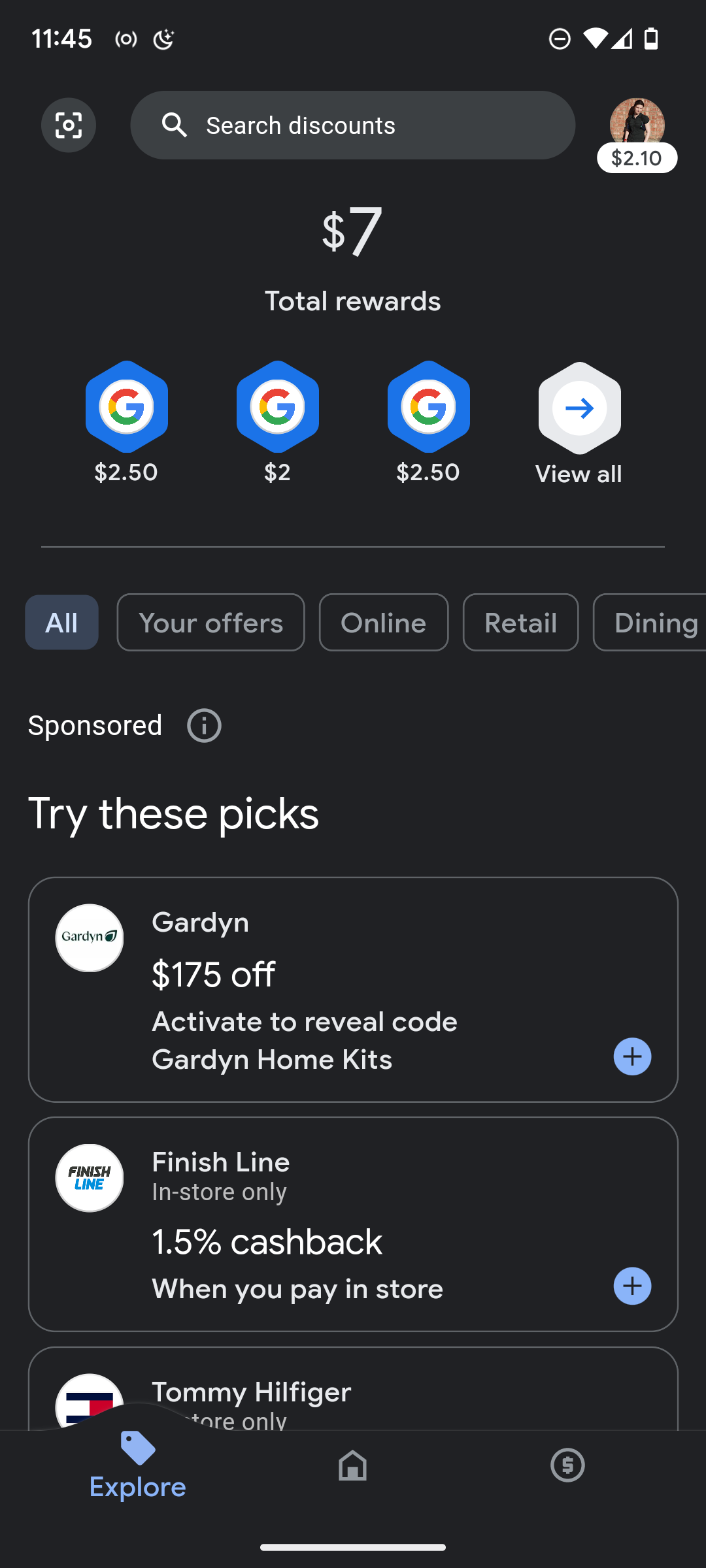
The best aspect of Samsung Pay is Samsung Rewards. It allows you to earn points while shopping on the service and later redeem them through purchases on the Samsung app or official website. While its loyalty cards, vouchers, and other offers are great, Google Wallet lacks its own rewards system.
Google Wallet vs. Samsung Pay: Which should you use?
Choosing between Google Wallet and Samsung Pay depends on your device and spending patterns. If you own a top-notch Samsung device, you can use Samsung Pay, but Google Wallet often has broader merchant acceptance. Both apps can function simultaneously on your device. If you decide Wallet is the better fit for your needs, it's easy to deactivate Samsung Wallet (and Pay) on your Galaxy phone.

